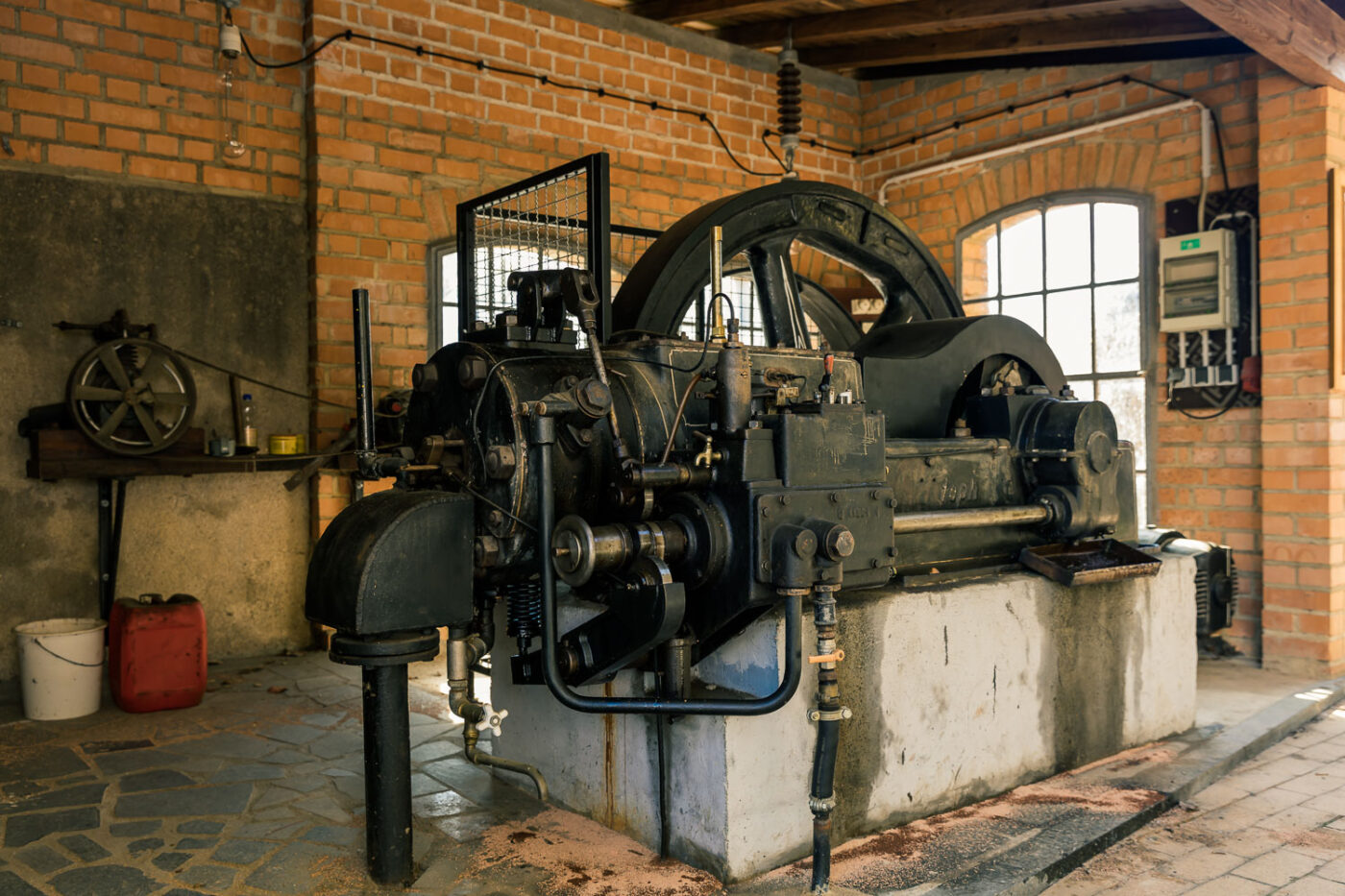Museum Margarethenhuette

150 years of history
The Museum Margarethenhuette is a museum that emerged from the former Margarethenhuette. The Margarethenhuette was a porcelain factory in the Sorbian municipality of Grossdubrau, Saxony, Germany, in which electrotechnical porcelain was manufactured. Until it closed in 1991, it was one of the most important electrical porcelain manufacturers of its time.
The Margarethenhuette was founded in 1853 and produced porcelain for the electrical engineering industry for almost 150 years until it was closed. In times of crisis, household tableware and other porcelain products were also made. Raw materials such as coal and kaolin were initially plentiful in the area.
The rise of the factory was also associated with the development of the then small village of Grossdubrau. From the former farming village in the Sorbian settlement area, into an industrial site developed within a short time.
An important year for the factory was 1891. In this year, Margarethenhuette produced and delivered the insulating ceramics for the first German 3-phase high-voltage long-distance line between Lauffen and Frankfurt. Ceramics from Grossdubrau were hereafter sold and used worldwide.
The Margarethenhuette museum today
The museum is nowadays located in a former factory building in the place of the factory. In addition, to the many large and small exhibits of porcelain production, there are also countless documents to study.
There is also a functioning crude oil engine including a 25 kW generator to see. The engine from 1938 will be started on special occasions. The nearly 100-year-old engine is without a doubt a contemporary witness from the beginnings of electric power generation.
The former high-voltage test field is still there and opens to visitors. Unfortunately, it’s out of service and cannot be used for visitors’ demonstrations. The field gives an insight into the interesting world of high-voltage technology. There is also a mineral exhibition with collected minerals from the region. So far, various events are held from time to time.
The museum is open to visitors and it’s possible to visit it. A visit to the museum for those interested in technology is certainly very worthwhile. The tour is undoubtedly a journey through time, but not only through the history of electro porcelain production.